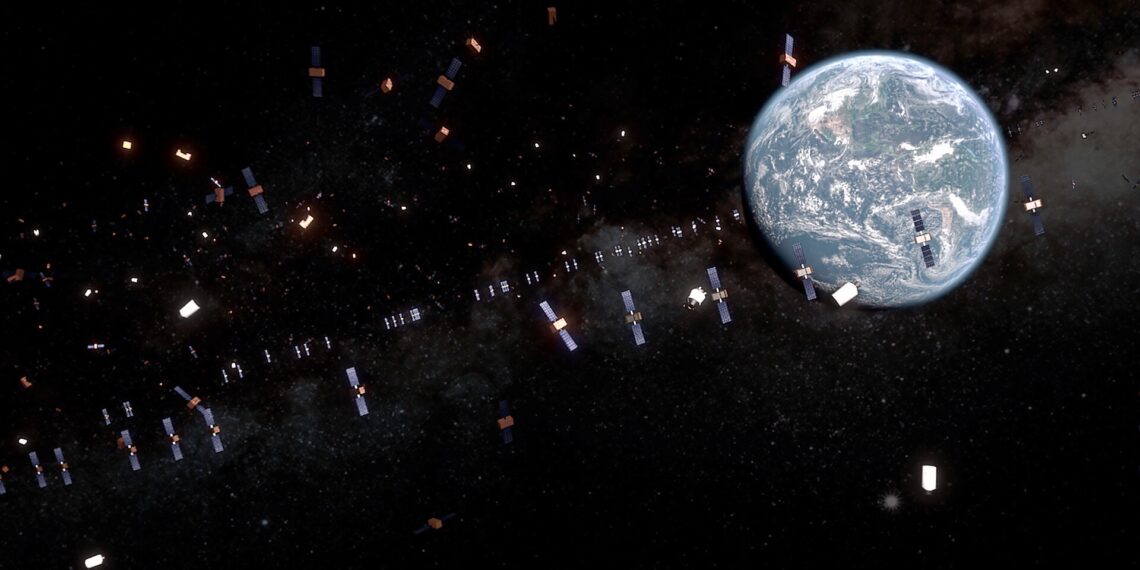Technological prowess, especially regarding humanity’s increased presence in space, is increasingly becoming the linchpin of global competitiveness and national security. There, new opportunities to integrate AI are accompanied by a new generation of risks.
Artificial intelligence in particular plays a crucial role in democratizing access to space exploration and research, opening it to many beyond just governmental space agencies, as evidenced by the large number of commercially financed and operated space launches over the last five years. As launch companies adopt AI-enabled autonomous flight safety systems, Space Launch Delta 45 is saving on mission control chairs and looping out about a dozen facilities across the base per launch. SpaceX uses an AI autopilot system to enable its Falcon 9 craft to carry out autonomous operations, such as docking with the International Space Station.
Today’s AI capabilities enable a breadth of advantages that yesterday’s space 1.0 pioneers could only have imagined. AI can continuously monitor the trajectories of space debris and satellites in real-time, calculating the risk of potential collisions. By predicting close encounters well in advance, AI systems can automatically suggest or even execute maneuvers to avoid collisions, ensuring the safety and longevity of satellites. This will reduce the amount of personnel needed to conduct even the most highly complex space missions. AI can assist in simulating and testing satellite components and systems, reducing the need for expensive physical prototypes.
Satellite communications are also improved by optimizing network bandwidth and resources, while AI algorithms quickly analyze massive amounts of satellite imagery and data transmitted over those same networks. New AI-derived scientific insights inform critical terrestrial capabilities such as weather forecasting, agriculture, urban planning, environmental monitoring and more. AI can even help…
Read the full article here

